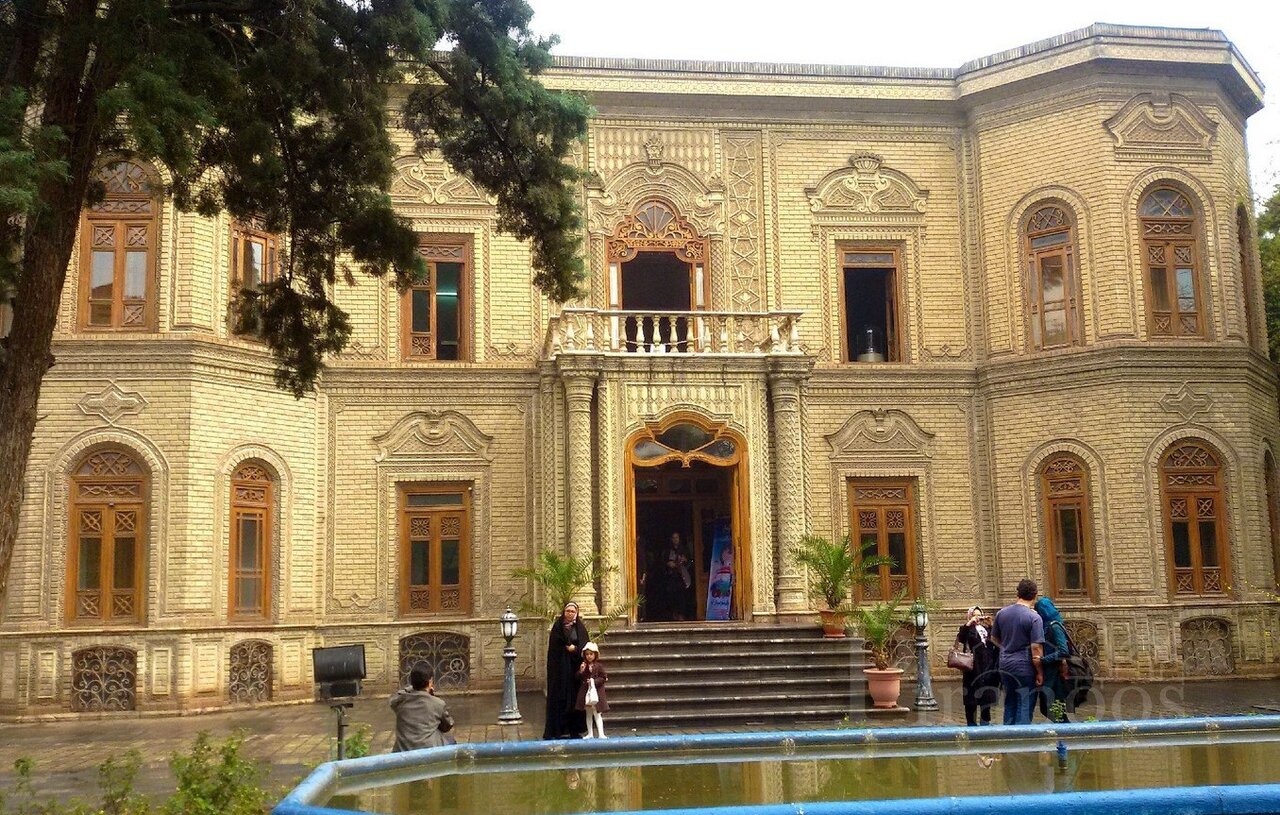‘Tehran rainbow of Iranian ethnicities, symbol of national unity’

TEHRAN — Tehran, as a symbol of cultural diversity, and national identity, holds immense potential to become one of Iran’s top cultural tourism destinations, Governor-General of Tehran said on Thursday during a visit to the historical Si-e Tir Street.
On the fourth day of Tehran Week, Mohammad Sadegh Motamedian explored several prominent sites including a synagogue, Zoroastrian fire temple, a church, and the Abgineh Museum which is dedicated to glassware and ceramics.
Engaging with cultural managers and heritage experts, Motamedian underscored the importance of smart preservation of the capital’s historical identity that is a backbone of Tehran’s rich cultural assets for sustainable development.
Si-e Tir Street, Motamedian noted in an interview with heritage reporters, is a living memory of Iran’s cultural and historical fabric. It is a place that reflects peace, mutual respect, and the coexistence of divine religions. “This street stands today as a symbol of Iranian solidarity and mirrors the ancient civilization and spirit of tolerance in our society,” he said.
He highlighted the unique presence of a mosque, church, synagogue, and fire temple all within less than a kilometer on Si-e Tir Street.
“The capital is a microcosm of all Iran. The presence of various ethnic groups including Lors, Kurds, Turks, Azarbaijanis, Baluchis, and others has turned Tehran into a colorful mosaic of cultures, languages, and traditions. This cultural diversity is a valuable asset to strengthen national unity and expand cultural interactions across the country.”
The governor-general further stressed the strategic cultural development approach of Tehran’s provincial management, emphasizing that cultural heritage is not only a legacy of the past but the foundation for a dynamic future rooted in Iranian identity. “Si-e Tir Street can serve as a national model for showcasing Tehran’s cultural and human dimensions and as a platform for international cultural tourism exchange,” he added.
Si-e Tir is a stone-paved one-way street in downtown Tehran. Its name corresponds with July 2, named after the date of the massive pro-Mossadegh uprising against the Shah in 1952 in which dozens of people were killed.
Si-e Tir intersects Imam Khomeini Street between Imam Khomeini Square (better known as Toop Khuneh to the locals) and Hasanabad Square. It continues north to Nofel Loshato Street near the Embassy of France, although once you pass the intersection of Jomhuri Avenue, the name mysteriously changes to Mirza Kuchak Khan (named after an early 20th century Gilani revolutionary).
AM
